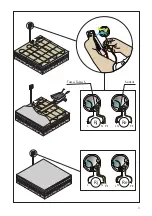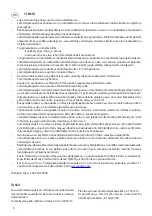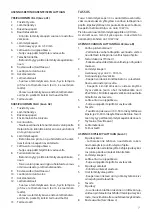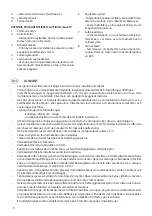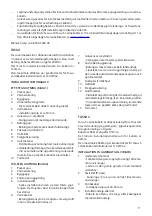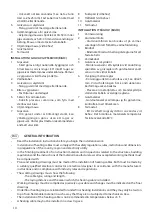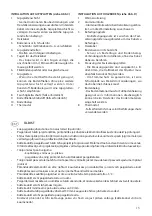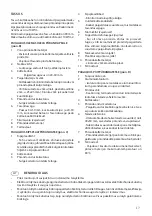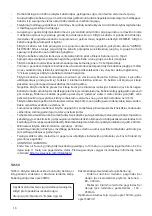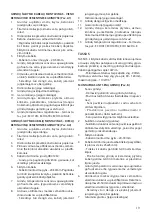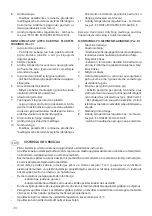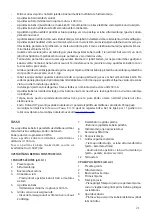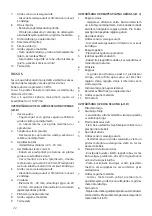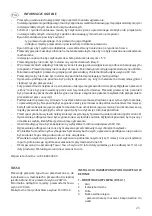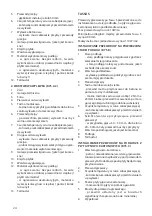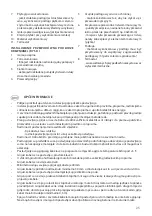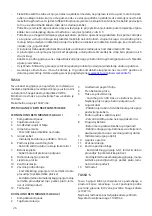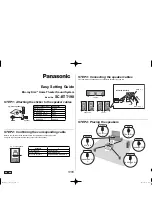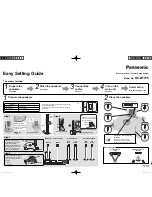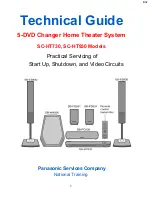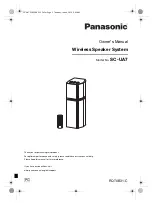
11
•
In damp areas make sure the damp proofing is done according to the building regulations.
•
The heating cable may not be shortened.
•
The minimum bending radius for the heating cable is 40mm.
•
The heating cable must be installed at a minimum distance of 30 mm from conducting parts of the building.
•
The heating cable may not be installed under fixed furniture.
•
Heated floor may not be covered with a thick carpet or otherwise highly insulating carpet (risk for over-
heating of the cable).
•
The heating cable may not be passed through the thermal insulation; it must be installed in a medium
of equal thermal conductivity. The heating cable may not go through an expansion joint or areas where
there is a risk that the slab may break or the heating cable may overheat (e.g. wood-fired sauna stove,
storage heating fireplace, minimum distance 0.5 m).
•
The joint to cold lead and cable termination have to be in the same medium as the heating cable. They
may not be bent and they must be fixed sufficiently close to the base or reinforcement mesh.
•
The curve at the base of the thermostat sensors protective conduit shall be such that the cable can be
replaced in the future if required without the removal of the conduit. The sensor must be positioned
between the heating cables so that it does not touch the cable.
•
The condition of the underfloor heating must be inspected before and after casting by measuring the
cable resistance as well as the insulation resistance between the wires and the sheathing, see page 3.
•
It must be possible to isolate the heating cable with an operating switch or with a branch circuit breaker
which can also be on the control circuit. A label containing the type of the heating mat, the location and
other information of the installation is to be fixed to the distribution board.
•
A fault current switch with a nominal operating current of max. 30 mA has to be used in installations.
•
The heating cables may not be switched on before the concrete screed has dried out. Follow the concrete
screed manufacturer’s instructions.
•
In premises where there is an explosion hazard, other consumer appliances may not be connected to
the same branch circuit.
•
The condition for the validity of Ensto Finland Oy’s warranty is a properly filled in installation protocol
on the page 35.
•
The warranty period for Ensto Tassu and Tassu S, is 10 years from the date of purchase but no longer than
11 years from the date of manufacture. Warranty conditions, see
www.ensto.com
.
TASSU
The Tassu heating cable is designed for installation
in a medium with thermal conductivity of the same
quality as that of concrete.
The cable loading is approx. 20 W/m.
The minimum laying distance for the Tassu heating
cable is 130 mm.
The maximum power per square meter for the Tassu
heating cable installation is 150 W/m2.
INSTALLATION IN CONCRETE STRUCTURES
1-STAGE CASTING (Fig. A1)
1.
Compacted gravel
2.
Thermal insulation
3.
Construction paper
4.
Reinforcement mesh
- Attach the heating cable directly to the rein-
forcement mesh.
5.
Heating cable
- Installation depth is approx. 50 mm.
6.
Floor sensor in protective tube
- Close the protective tube with tape or similar
7.
Reinforced concrete floor slab
- The concrete must cover the entire cable
8.
Damp proofing (if necessary)
9.
Ceramic tile adhesive
10. Soundproofing
11. Flooring material
- In direct heating hard, thermally conductive
(e.g. ceramic tile).
- In storage heating, thermally insulating (e.g.
parquet, cork or vinyl flooring).
12. Thermostat
2-STAGE CASTING (Fig. A2)
1.
Compacted gravel
2.
Thermal insulation
3.
Construction paper
4.
First casting
5.
Fixing strip
- Nail the fixing strip to the base casting. It is
easiest to attach the strip before the concrete
is fully set.
6.
Heating cable
- The surface of the slab must be cleaned thor-
oughly before the cable is spread out.



